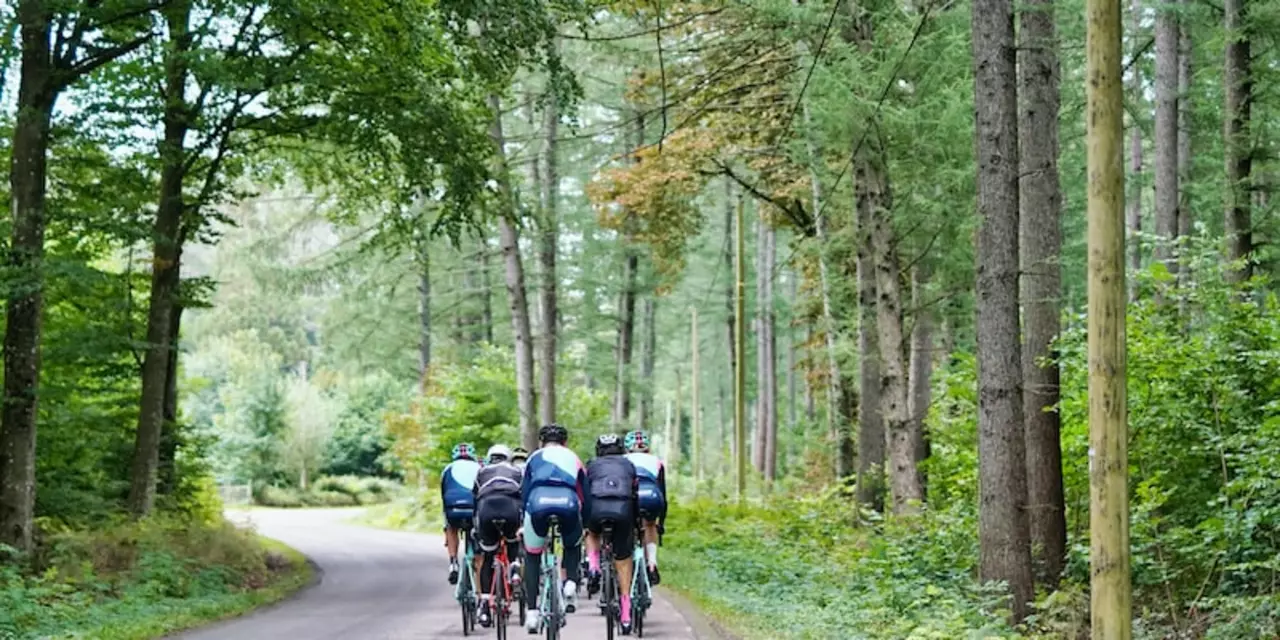Flexibility for Cyclists: Why It Matters and How to Improve It
If you spend hours on a bike, tight muscles will slow you down and raise the risk of pain. Good flexibility lets you pedal efficiently, handle your bike better, and stay comfortable on long rides. You don’t need a yoga studio or fancy equipment—just a few minutes a day and the right moves.
Simple Stretch Routines You Can Do Anywhere
Hamstring stretch: Stand tall, place one foot a few inches in front of you, keep the leg straight, and hinge forward at the hips. Hold for 20 seconds, then switch sides. This opens up the back of your thighs, which are used a lot when you climb.
Hip flexor stretch: Kneel on one knee, the other foot flat in front, and gently push your hips forward. You’ll feel a stretch in the front of the hip of the kneeling leg. Hold 20 seconds, repeat on the other side. Loose hip flexors improve your pedal stroke and reduce lower‑back strain.
Quadriceps stretch: Stand near a wall for balance, grab your ankle behind you and pull it toward your butt. Keep knees close together and hips level. Hold 15‑20 seconds per leg. Flexible quads help you stay powerful on sprints and climbs.
Upper‑body stretch: Extend one arm across your chest, use the other arm to pull it closer. Hold for 15 seconds, then switch. This eases shoulder tension from holding the handlebars.
Do this mini routine after every ride or even before you get out of bed. It only takes five minutes and can make a noticeable difference in how you feel on the bike.
Everyday Habits That Keep You Loose
How you sit at a desk or walk to the shop affects your cycling flexibility. Keep your back straight, shoulders relaxed, and avoid crossing your legs for long periods. If you work on a computer, set a timer to stand up and do a quick stretch every hour.
Hydration plays a big role, too. Dehydrated muscles are more prone to tightening up. Aim for at least two litres of water a day, and sip extra before and after rides.
Incorporate movement into daily chores. While waiting for coffee, do a few ankle circles or calf raises. These tiny actions keep joints lubricated and ready for the next ride.
Finally, get enough sleep. Muscles repair and lengthen while you rest. Six to eight hours of quality sleep will help you stay flexible and reduce the chance of injury.
Flexibility isn’t a once‑off task; it’s a habit you build alongside your training. By adding a quick stretch routine and watching your daily posture, you’ll ride smoother, feel less sore, and enjoy longer trips without the nagging tightness.
Cycling is a great way to get fit and stay in shape. However, for those who don't have access to a bike, there are plenty of other exercises or training that can replicate the benefits of cycling. These include running, rowing, and stair-climbing, as well as strength and flexibility exercises. All these activities provide similar cardiovascular, endurance, and muscular benefits as cycling, and are suitable for both beginners and experienced athletes.
Continue reading...
